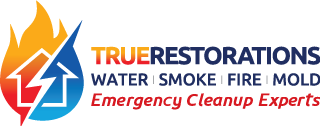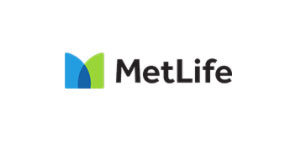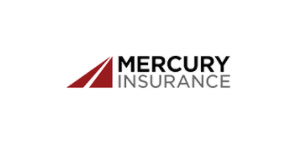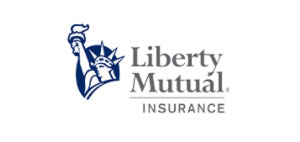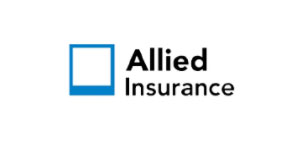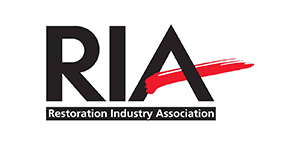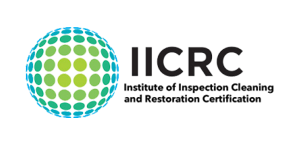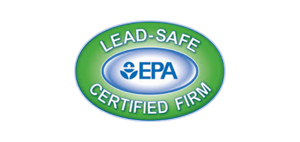Ever thought about what you can save after a fire? Sorting out what can be fixed and what can’t is tough. Smoke damage recovery is complex, so where do you start?
First, you need to check what’s left after a fire. What can be saved depends on the smoke type, how well materials absorb it, and how long they were exposed. Many things like clothes, metals, and non-porous items can often be saved.
Don’t try to fix everything yourself. Getting a pro to check your stuff is key. Knowing how to deal with smoke damage can really help. Learn about fixing things after a fire and how to save your favorite items.
Understanding Smoke Damage and Its Effects
Smoke damage can affect many things in your home. It’s important to know how different types of smoke damage can harm your belongings.
- Wet Smoke: This type comes from low-heat fires and leaves sticky, soot-laden residues. It mainly damages furniture, walls, and fabrics, making cleaning hard.
- Dry Smoke: High-temperature fires produce dry smoke. It settles deep into materials, making them brittle and discolored.
- Protein Smoke: Kitchen fires often produce protein smoke. It doesn’t leave visible soot but discolors surfaces and leaves a foul smell.
Smoke damage affects materials in two ways: chemically and physically. Chemical reactions can corrode metals. Wood, fabrics, and plastics may discolor and degrade. Long-term exposure can weaken these materials.
It’s also important to know the health risks. Smoke residue contains harmful substances that can harm your lungs. This makes quick and thorough cleaning essential.
What Can Be Salvaged After Smoke Damage?
After a fire, figuring out what can be saved is key. Many things can survive smoke damage and be fixed. Items like glass, ceramics, and some plastics are often okay because they can handle high heat.
Electronics and appliances are tricky. They might look fine but smoke can damage their inside parts. It’s important to get them checked by experts to make sure they’re safe and work right.
Things like jewelry, artwork, and important papers are very valuable. Luckily, they can usually be saved. But, they need special care because they’re so delicate. Experts use careful methods to clean them up right.
Recovering from a fire is tough, but knowing what can be saved helps. Saving these items brings back a sense of normalcy and keeps memories alive.
Cleaning and Restoration Techniques
When smoke damage happens, it’s key to clean and restore properly. First, you might need to use soot cleaning methods. For small damage, you can try DIY cleaning. Start by vacuuming with a nozzle and wiping with a dry sponge.
But for big damage, getting help from pros is best. Smoke odor removal experts have the right tools and know-how. They follow these steps:
- Soot and Debris Removal: They use strong vacuums and scrubbers to get rid of soot and debris.
- Deep Cleaning: They clean surfaces with special solutions to remove deep soot.
- Smoke Odor Removal: They use ozone generators and thermal foggers to get rid of smoke smells. These tools break down the smell-causing particles.
- Restoration and Repair: After cleaning and deodorizing, they fix or replace damaged parts. This brings the place back to how it was before.
Getting help from pros is smart because they know what they’re doing. They have the right tools to fix things fast and well. They also make sure all soot and smells are gone.
If you’re doing small fixes, use the right cleaners and be careful. But for big smoke damage, it’s best to call the experts. They make sure everything is safe and fixed right.
Preventing Future Smoke Damage
It’s vital to protect your property and health from smoke damage. Keeping electrical devices in good shape is key. Check for damaged wires and faulty connections to avoid fires.
Smoke detectors are a must for fire safety. They give early warnings, helping you act fast. Make sure to test them every month and change the batteries yearly.
Safe cooking habits are also important. Never leave cooking alone and keep flammable things away from heat. These steps can greatly reduce kitchen fire risks.
Using fire-resistant materials in building homes can also help. Materials like fire-resistant drywall and windows can stop fires from spreading. This limits smoke damage.
Being ready for emergencies is crucial. Have a clear evacuation plan for everyone. Also, store important documents in fireproof places for safety.
- Maintain and regularly inspect electrical devices.
- Install and test smoke detectors monthly.
- Practice safe cooking procedures.
- Utilize fire-retardant materials in construction.
- Develop an evacuation plan and use fireproof storage for documents.
Insurance and Financial Considerations
Dealing with a fire’s aftermath can be tough, especially with insurance claims. It’s key to know what your policy covers for smoke damage. This ensures you get the help you need to fix things.
Start by carefully looking over your insurance policy. Check what’s covered and what’s not. When you file your claim, having good evidence is crucial. Take lots of photos and videos of the damage. Also, write down when and how it happened.
Getting professional appraisals can really help with your claim. They give an honest estimate of the damage. This can strengthen your case and might lead to a better settlement.
If you don’t have enough insurance, finding financial help is important. FEMA and other groups offer disaster relief. Charities also help with things like food and temporary housing while you recover.
In the end, knowing your insurance well and documenting damage helps a lot. It speeds up the claims process and brings financial relief.
Conclusion
After smoke damage, knowing what can be saved and how to recover is key. This article covered the basics of smoke damage. It showed how to assess damage and the chance to save valuable items.
Using the right cleaning and restoration methods can greatly help. Homeowners can then work towards restoring their homes after smoke damage.
Getting help from professionals in smoke damage is very important. They have the skills and tools for a complete recovery from smoke damage. They can tell what to throw away and what to save, saving time and money.
Dealing with fire damage is tough, but it shows homeowners’ strength. With the right help and approach, fixing a home after smoke damage can be done well. This shows that overcoming fire damage is possible with the right help and information.
